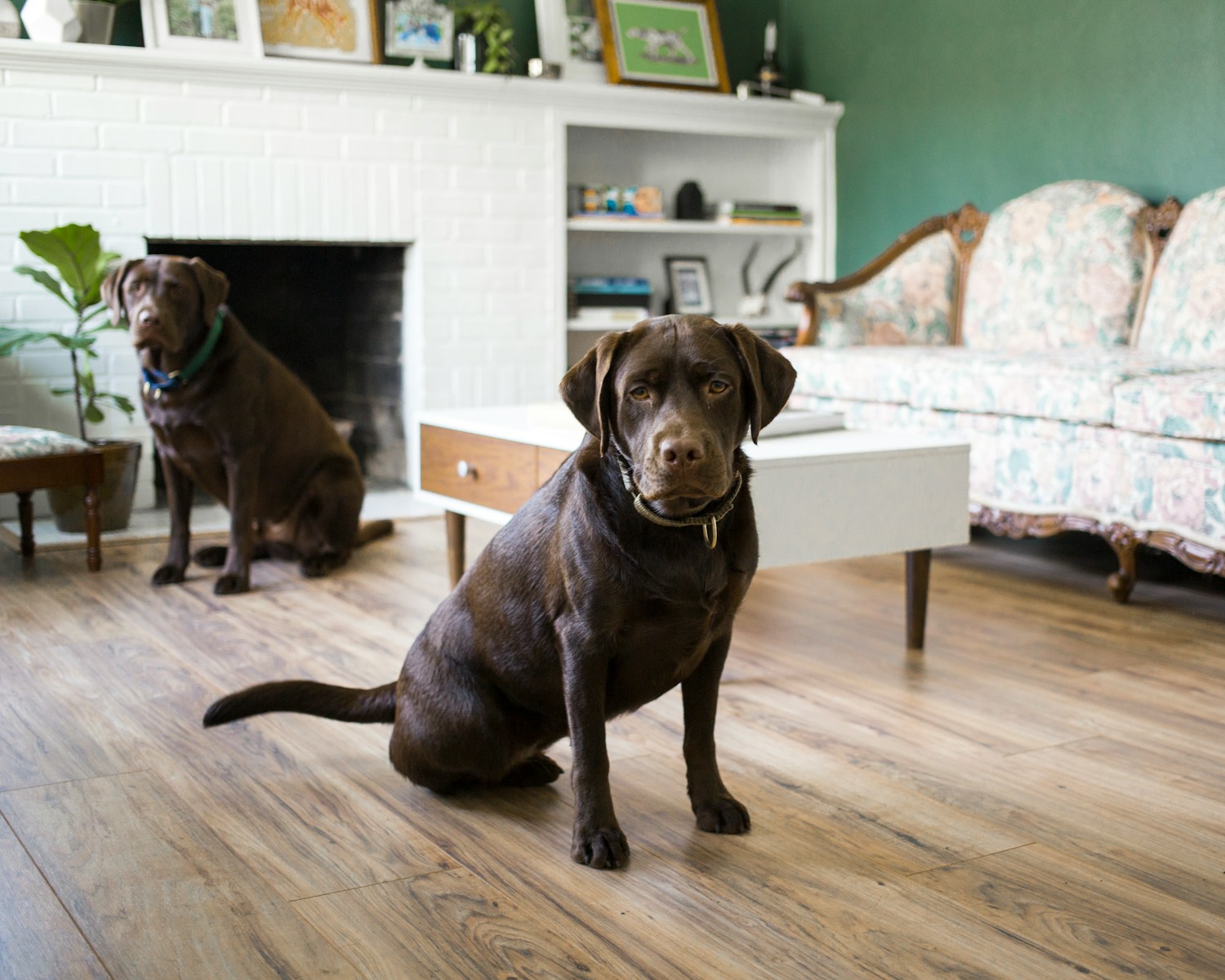With a little patience and consistency, you can train your dog not to jump on furniture, allowing for a more comfortable living environment for both you and your pet. This behavior often stems from a dog’s instinct to seek comfort and security, but managing it in a disciplined way is important. Here are several strategies to achieve this goal.

Firstly, start by designating specific areas for your dog where they can feel comfortable. Providing a cozy dog bed or a designated spot can give your pet a sense of belonging while keeping them off your furniture. Ensure that their designated space is appealing, adding some familiar blankets or toys to encourage your dog to use it.
Next, teach your dog a command that signals them to stay off the furniture. Using a simple ‘off’ command works well. Begin by having your dog on a leash for better control. When they attempt to jump on the furniture, calmly say ‘off’ while gently directing them downwards. If they comply, reward them with a treat and praises. Consistency is key; ensure everyone in your household uses the same command and reinforces the desired behavior.
It’s also effective to redirect your dog’s energy. Engage them in other activities that can occupy their attention. Regular playtime, walks, and mental stimulation through puzzle toys will help reduce boredom, making them less likely to seek entertainment in jumping on furniture.
If your dog is particularly persistent, consider using barriers. You can barricade off favorite furniture with pet gates or by utilizing furniture covers that discourage jumping. In more advanced training, you can try using a spray deterrent specifically designed to discourage pets from jumping on surfaces, but make sure it is safe for both your dog and your furniture.
Positive reinforcement is an imperative strategy here. Each time your dog stays off the furniture, provide a treat and offer verbal praise. This will help establish a connection between the action of staying off furniture and receiving rewards. It’s all about highlighting the positive behavior rather than solely focusing on the negative.
As you train your dog, remain patient and avoid reacting with anger if they jump. Instead, calmly redirect them and guide them to the desired behavior. Dogs respond better to positive interactions rather than negative ones. The ultimate goal is to create a positive learning environment where your dog feels safe and understood.
Finally, consistency across the board is critical. Ensure that all family members adhere to the same set of rules regarding the furniture. If one person allows the dog on the couch occasionally while others do not, this inconsistency will confuse your dog and hinder the training process.
By using positive reinforcement, engaging in regular activities, creating designated spaces, and remaining consistent with commands, you can successfully train your dog to not jump on furniture. Over time, your hard work will pay off with a well-mannered pet that respects your home’s boundaries.
Leave a Reply